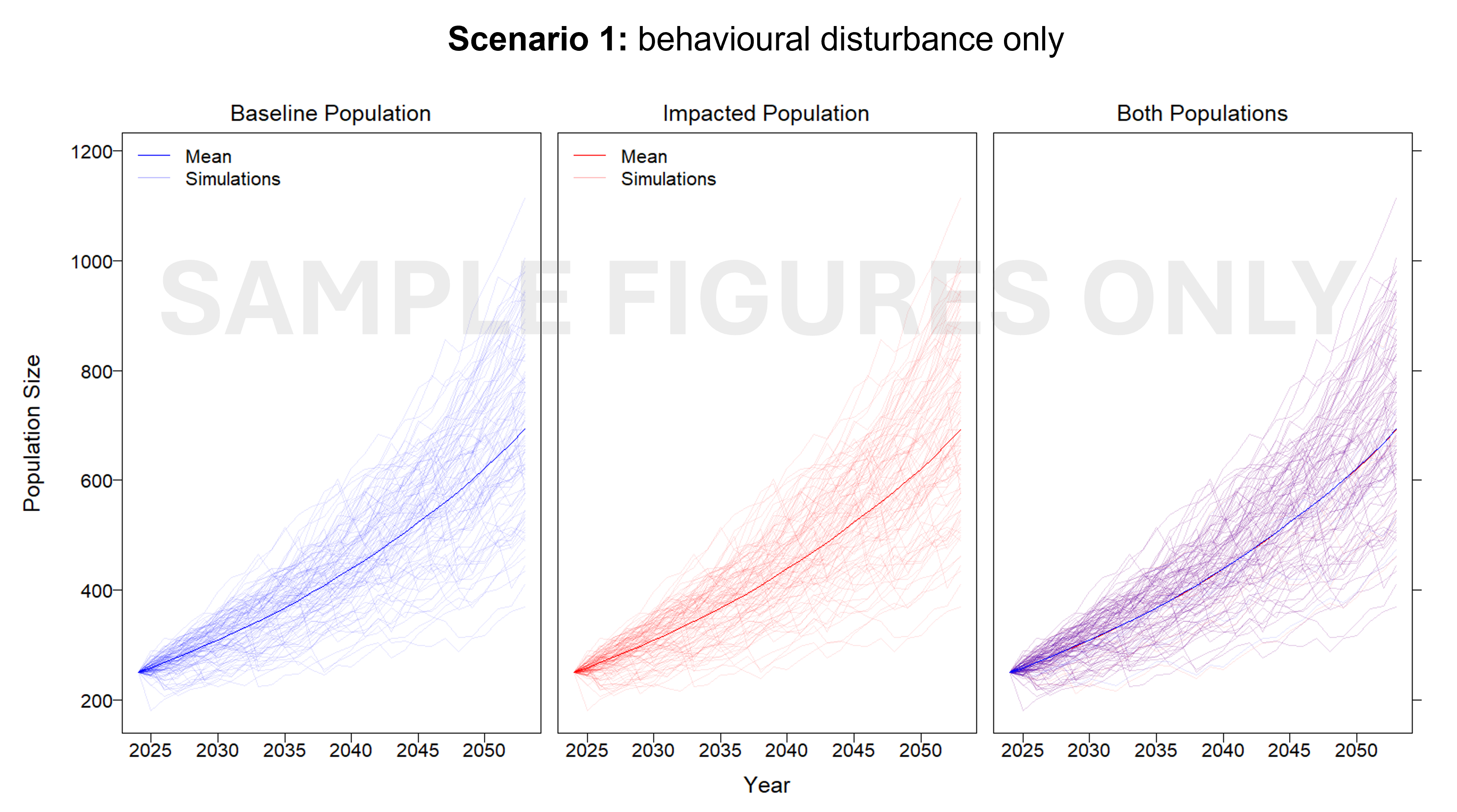Southern right whale
Type of resources
Topics
Keywords
Contact for the resource
Provided by
Years
-

This record provides an overview of the NESP Marine and Coastal Hub Research Plan 2023 project "Informing southern right whale management through continued monitoring, determination of aggregation areas and development of approaches to increase data flow efficiencies and utility". For specific data outputs from this project, please see child records associated with this metadata. -------------------- This project will deliver priority information on southern right whales to address key knowledge gaps through: (i) updating long-term population abundance trends via aerial surveys of the western population and testing of platforms for improving photo-identification data flow efficiencies; (ii) the collection and utilisation of photos of the western population to identify biologically important reproductive areas and inform the estimation of population parameters;(iii) development of integrative methods for combining opportunistic and more formally collected observations, to expand the utility of datasets and (iv) collection of movement and genetic data to assess the connectivity and population identity of whales at the boundary of the eastern and western subpopulations. It will also conduct a consultative process for prioritising future work for informing future NESP work. Outputs • Updated southern right whale population assessments [dataset] • Individual whale photo-identifications in aggregation areas [image catalogue] • Updated SPRAT and BIA distributions [dataset] • Whale movement tracking [dataset] • Genetic data (for estimates of population connectivity) [dataset] • Final project report [written]
-

This record provides an overview of the scope and research output of NESP Marine Biodiversity Hub Project A13 - "Estimation of population abundance and mixing of southern right whales in the Australian and New Zealand regions". For specific data outputs from this project, please see child records associated with this metadata. -------------------- A comprehensive understanding of the population abundance and degree of spatial connectivity of southern right whales in Australian waters is currently lacking. This limits assessments of the species recovery and understanding of the nature and degree of difference between the south-eastern and south-western Australian populations. This project will provide, for the first time, an abundance estimate of the total Australian population of southern right whales. It will also investigate the connectedness of whales that utilise breeding areas on the eastern, southern and western coasts of Australia. Information provided by this project will allow the Australian government to better evaluate progress made against the Conservation Management Plan for southern right whales and ensure conservation efforts for the species are effectively coordinated at the regional level. Planned Outputs • Data summaries for populating models used to estimate abundance and connectivity • An estimate of population abundance at the national scale and associated uncertainty • An evaluation of movement and spatial mixing across southern Australia
-

This project developed an interim Population Consequence of Disturbance (iPCoD) model for blue whales (Balaenoptera musculus) and southern right whales (Eubalaena australis) to document a methodology for assessing population-level impacts of one, or multiple, wind farm developments off the southern Australian coast. The iPCoD model was developed in Europe to quantify how disturbances of individuals caused by physiological injury or changes in behaviour can have population-level consequences in data poor marine mammal populations. This model was adapted to suit Australian marine mammal species, highlighting key data gaps for locally threatened populations that overlap in range with the declared offshore wind areas in Australia. Due to the lack of baseline data currently available, this study documented a framework that can be updated as more information becomes available. We outlined how to leverage simulation-based population modelling as a tool for policymakers, industry and management authorities, to aid in environmental impact assessments, with a specific focus on data poor marine mammal populations.
 IMAS Metadata Catalogue
IMAS Metadata Catalogue